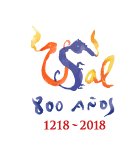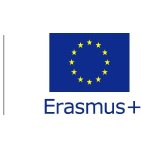ASSESSING SPOKEN PRODUCTION: A LEARNERS’ GUIDE TO USING ‘PECHA KUCHA’ PRESENTATIONS IN THE UNIVERSITY LANGUAGE CLASSROOM
This best practice is part of a suite of language assessment activities designed within the context of the E-Lengua project and implemented at Trinity College Dublin’s undergraduate institution-wide language programme Designed to assess speaking and writing skills within the Blackboard Learn virtual learning environment, three new teaching and assessment activities were developed in order to promote engaged and interactive language learning and assessment supported by the use of innovative ICT activities within a higher education context. The Blackboard Blog project assesses written interaction. The Pecha Kucha project assesses spoken production. The Popplet project assesses written production. Together, these three collaborative tasks were designed to form part of a cycle of group projects completed over two terms of class.




